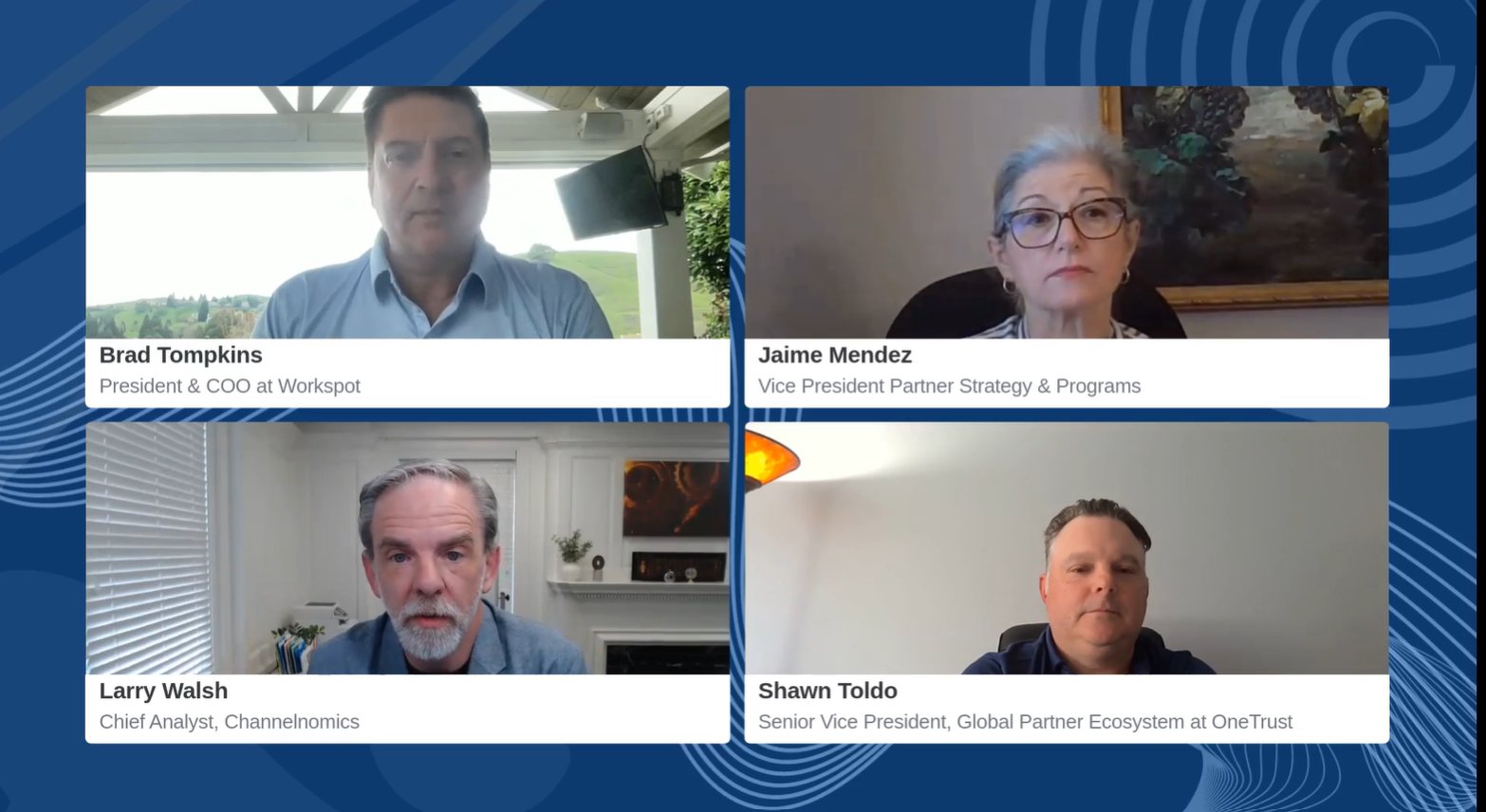Non-technology businesses are increasingly participating in the channel ecosystem, influencing partners and end users.
Ask what type of companies populate the channel and the response is almost scripted: Value-added resellers, direct market resellers, large account resellers, managed service providers (MSPs), systems integrators, independent software vendors (ISVs), and agents stand out as the usual suspects. Layer in the various types of distributors and you have a full accounting of the channel ecosystem.
Or do you?
Channel partner labels aren’t changing, but their business models are. Take managed service providers, for example. While there are pure-play MSPs, nearly all “partners” offer some type of managed service. Few resellers — pejoratively called “box pushers” — still exist; they all have some integration services.
Time has a way of changing businesses, so evolution is a constant trend. IBM once made industrial scales, not software. HP once made oscillators, not PCs or printers. Xerox once made photographic paper, not copies and printers. The channel is replete with partners that started selling and supporting one technology or vendor and grew into entirely different lines of business.
But are there other types of partners entering the channel? Is the ecosystem bigger than we perceive?
Enter the New Breed
At the recent meeting of the Channel Executive Council, a channel executive group facilitated by Baptie & Co., I had the opportunity to moderate a roundtable on new and emerging partner types in the channel. The idea that there are new types of partners seemed to be a bit of a reach, considering that the lineup hasn’t changed in the past 20 years, except that marketplaces and hyperscalers have joined the channel neighborhood.
After a few minutes of discussion, the channel chiefs and I recognized that more business types — many outside the technology industry — are influencing product consideration and selection, vendor and partner relationships, and IT spending in general.
Consider the following types of companies operating on the periphery of the channel ecosystem.
- Commercial real estate firms: Property managers are increasingly influencing the technology adoption of their tenants, particularly in telecommunication services. They’re becoming a hybrid of influencers and agents by reselling services as part of their space leases.
- Digital marketing agencies: The point of working with a marketing firm is to leverage its resources. Increasingly, digital marketing agencies are more collaborative and require their clients to adopt their applications for co-production on marketing projects. Additionally, the applications used by digital marketing agencies often integrate with other business applications, which leads to another level of influence and adoption by end users.
- B2B retailers: Retailers are evolving to serve more B2B functions, integrate business services, and offer resources that complement their traditional B2C models.
- Cyberinsurance companies: Security vendors and managed security service providers (MSSPs) are working with insurance companies to offer cybersecurity policies; if a customer buys a certain carrier’s insurance package, they earn credits or discounts on their premiums.
- HR tech and brokers: Human resource and staffing specialists are looking to partner with vendors and partners to leverage platforms for managing technology solutions across organizations.
- Private equity and venture capital firms: The financial backers of start-ups and mid-stage companies often create co-selling relationships with the complementary companies in their portfolios; increasingly, vendors are tapped by them to resell and influence the adoption of products and services through their respective sales channels.
- Consultants, community leaders, and content creators: The channel has a vibrant community of consultants, trainers, community leaders, and other influencers that have tremendous sway over partner consideration of vendor products and services.
Would you like to know who’s in your channel ecosystem? Channelnomics offers services for identifying and assessing routes to market and ecosystem influencers. Click here for more information.
Engaging With New Partner Types
If you accept that these “non-tech actors” are now part of the channel ecosystem (and you should), what should you do about it? Here are some tips, all based on the experience of channel leaders who are charting the channel’s new frontiers.
- Diversify partnerships: Vendors must consider a wider array of partners, including those from non-traditional sectors, and incorporate them into their communications and enablement strategies. They should actively identify the new partner types in their orbits and understand their motivations.
- Recognize the demand for integrated solutions: The blurred lines between different types of partners, such as ISVs taking on roles traditionally filled by OEMs, resellers, or referral partners, underscore the growing demand for integrated solutions. These solutions combine hardware, software, and services to effectively meet changing customer demands.
- Leverage technology for competitive advantage: Vendors should embrace the rise of AI and personalized content in marketing strategies to better engage and support all customer types. They should adopt tools that enable communication, enablement, and support of all partner types — including the new, non-technology types.
- Be flexible while addressing challenges: Success in the evolving channel ecosystem requires companies to be flexible, adaptable, and strategically aligned with the needs of both customers and partners. This includes being open to exploring new technologies and partnership models while also addressing potential challenges such as channel conflict and the need for integrated solutions.
- Raise awareness of non-technology partners: Channel teams can’t assume that potential non-technology partners are actively looking for opportunities with their companies. They must partner with their marketing teams and technology partners to identify and reach out to the non-technology businesses that could influence their ecosystem members and end customers.
Need help developing non-tech partner engagement strategies? Channelnomics specializes in channel strategy and program development. Our experts can help you define channel missions and strategies that generate greater engagement and revenue. Click here for more information.
The technology industry’s landscape is undergoing significant transformation, driven by changes in customer preferences, competitive dynamics, and the emergence of non-traditional partners and sales models. To thrive in this environment, vendors must adopt flexible, innovative partnerships and customer engagement approaches, including appealing to and working with non-technology partners.
Larry Walsh is the CEO, chief analyst, and founder of Channelnomics. He’s an expert on the development and execution of channel programs, disruptive sales models, and growth strategies for companies worldwide.




